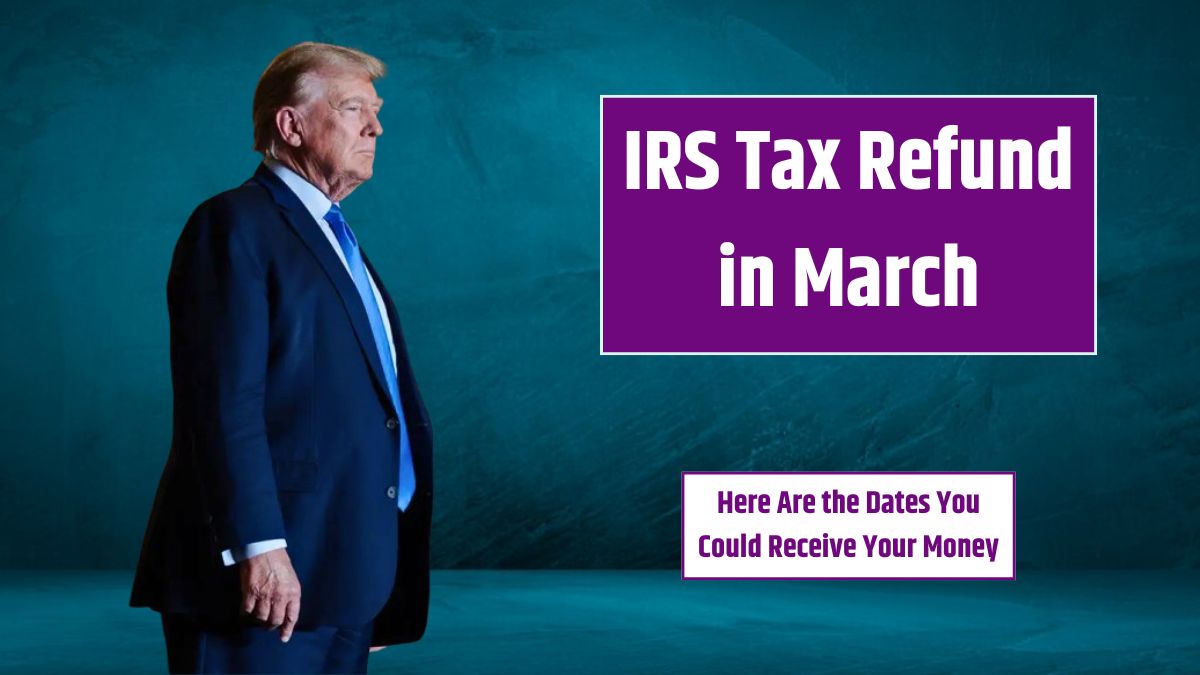Tax season is in full swing, and millions of Americans are required to file their income tax statements with the Internal Revenue Service (IRS). This federal requirement ensures that individuals earning above a certain income threshold report their earnings and pay any taxes owed. The good news? Many taxpayers can expect a refund this month, depending on how much they overpaid and whether they owe any outstanding debt to the government.
Who Needs to File Taxes?
Filing taxes for the first time can feel overwhelming, but understanding the basics makes the process easier. If you work for an employer, filing is relatively straightforward. However, if you are self-employed or earn income from investments or other sources, your tax filing may be more complex. The IRS requires that all sources of income be reported, ensuring full transparency.
You must file a tax return if your income meets the following criteria:
| Filing Status | Age | Income Threshold |
|---|---|---|
| Single | Under 65 | $14,600 |
| Single | 65 or older | $16,550 |
| Married (filing jointly) | Both under 65 | $29,200 |
| Married (filing jointly) | Both 65 or older | $30,750 |
Additional income limits apply for married couples where one spouse is under 65, as well as for survivors, heads of households, and those filing separately.
Even if your income does not meet these thresholds, you may still need to file to claim certain tax credits. This allows the IRS to verify your income and determine if you qualify for tax rebates.
When to Expect Your Tax Refund
For those expecting a refund, March is an important month. According to the IRS, taxpayers eligible for the Earned Income Tax Credit (EITC) or Additional Child Tax Credit (ACTC) may receive their refunds this month.
- Earned Income Tax Credit (EITC): A refundable credit for low-income families with children.
- Additional Child Tax Credit (ACTC): Designed for low-income families who qualify for the standard Child Tax Credit.
If you claimed one or both of these credits and met the following conditions, you should have received your refund by March 3:
- You filed your tax return electronically (e-filing) instead of mailing it.
- You selected direct deposit as your refund method.
- The IRS did not flag any issues with your tax return.
If you haven’t received your refund yet, you can check the status using the IRS “Where’s My Refund” tool on their website.
What to Do If You Need Help Filing
Not sure how to file your taxes? The IRS provides several resources to assist taxpayers:
- IRS Free File: If you earn less than $73,000 per year, you may qualify for free online tax preparation software.
- Volunteer Income Tax Assistance (VITA): If you make less than $67,000, have a disability, need language assistance, or are over 60, certified volunteers can help you file correctly.
- Taxpayer Assistance Centers: Local IRS offices offer in-person help, but appointments are required.
- Filing Extensions: If you need more time, you can request a filing extension through the IRS website.
Tax season can feel overwhelming, but knowing your filing requirements and refund timeline helps make the process smoother. If you’re eligible for a refund, keep an eye on your bank account this month, and if you need assistance, take advantage of the free resources available through the IRS.
FAQs
Who needs to file taxes?
Anyone earning above the IRS income threshold must file a tax return.
When will I get my tax refund?
If you claimed EITC or ACTC, you should receive it by early March.
How can I check my refund status?
Use the IRS ‘Where’s My Refund’ tool on their website.
Can I get help filing my taxes?
Yes, the IRS offers free filing assistance for eligible taxpayers.
What if I need more time to file?
You can request a tax extension through the IRS website.






